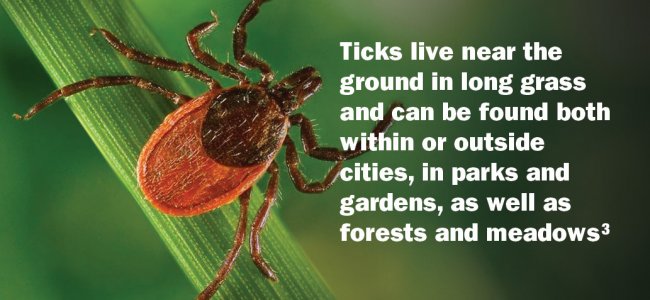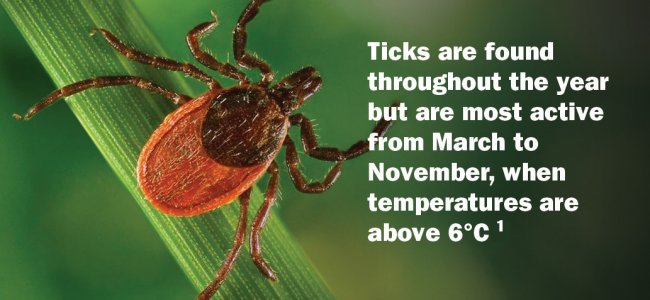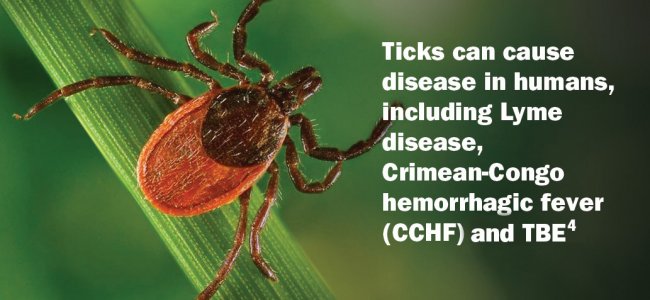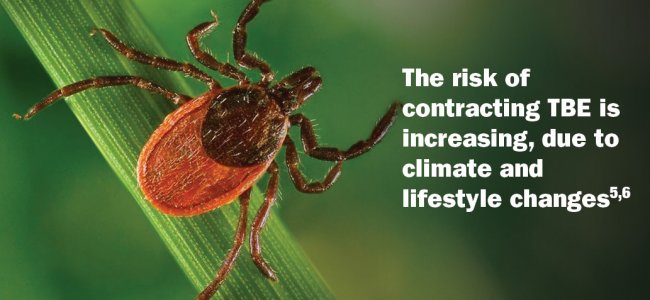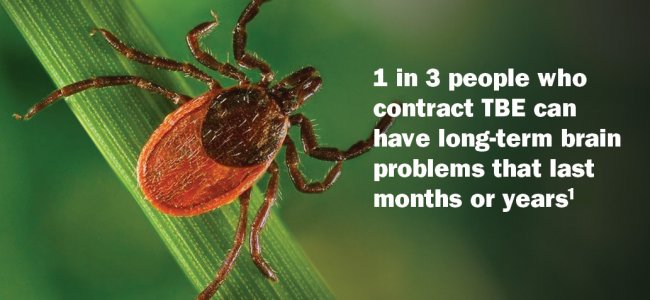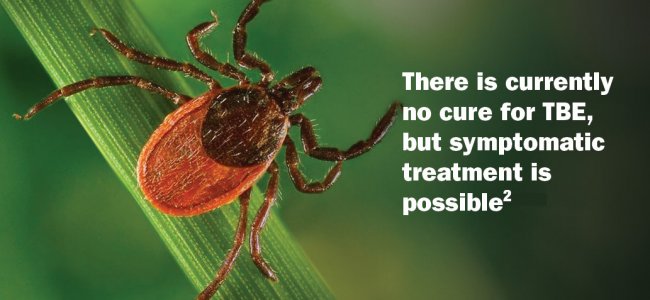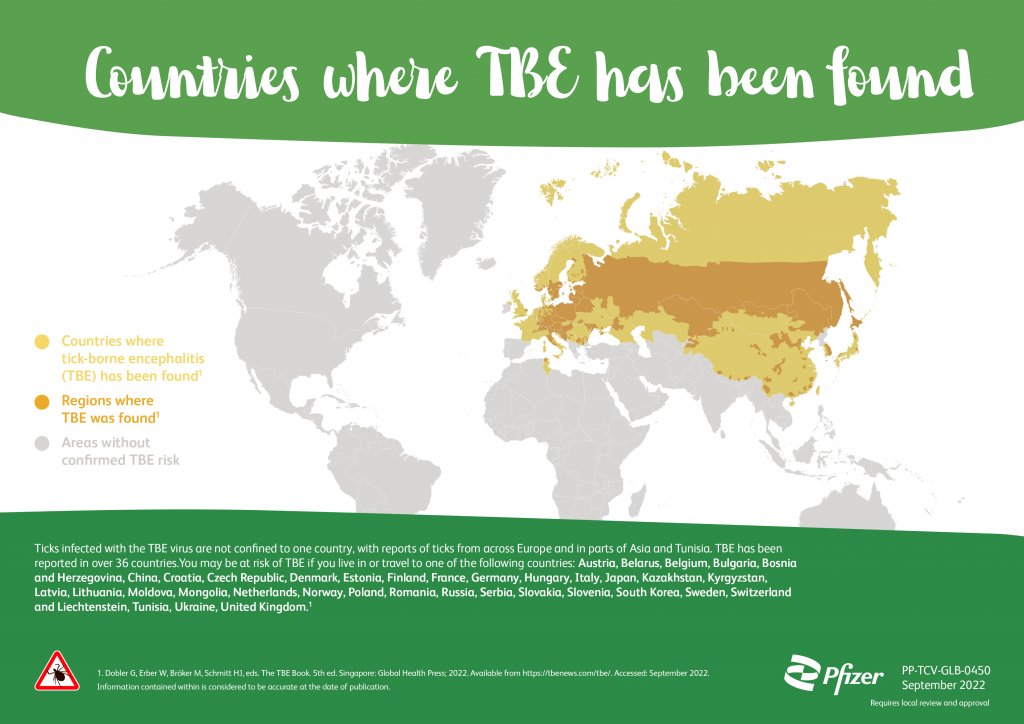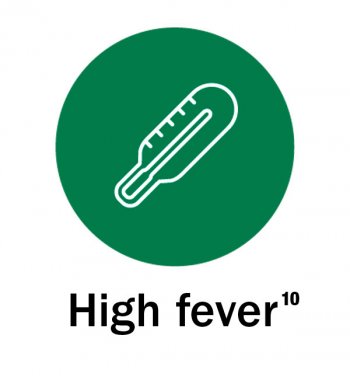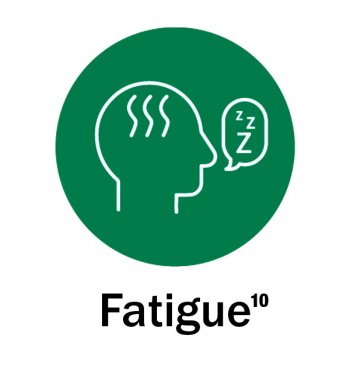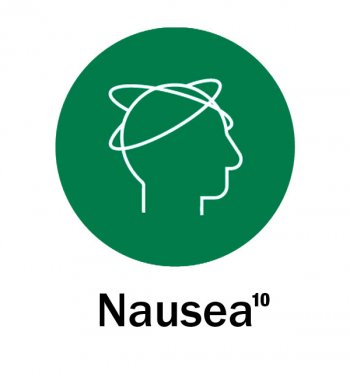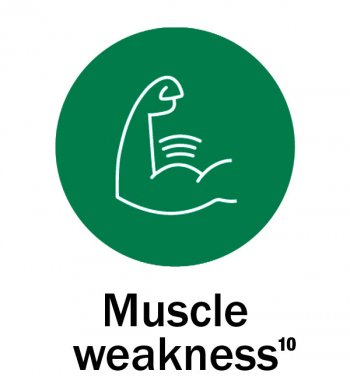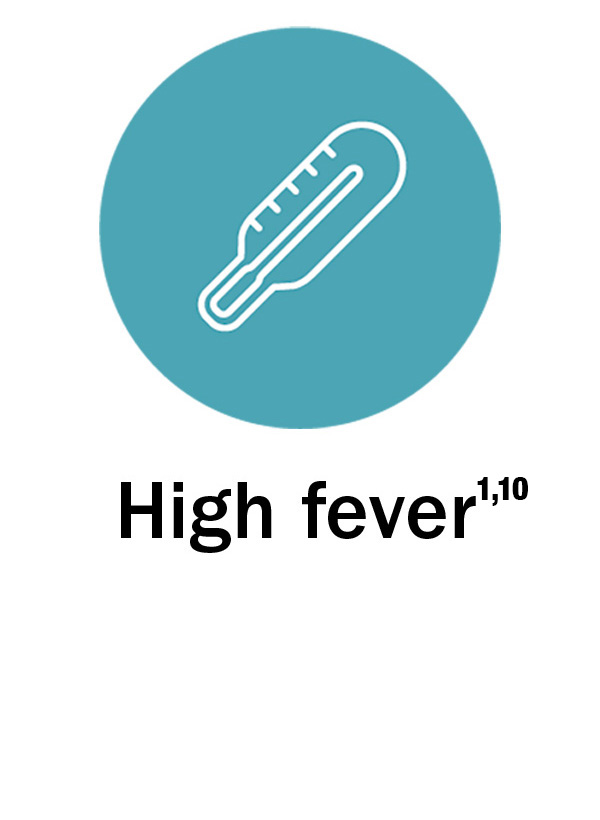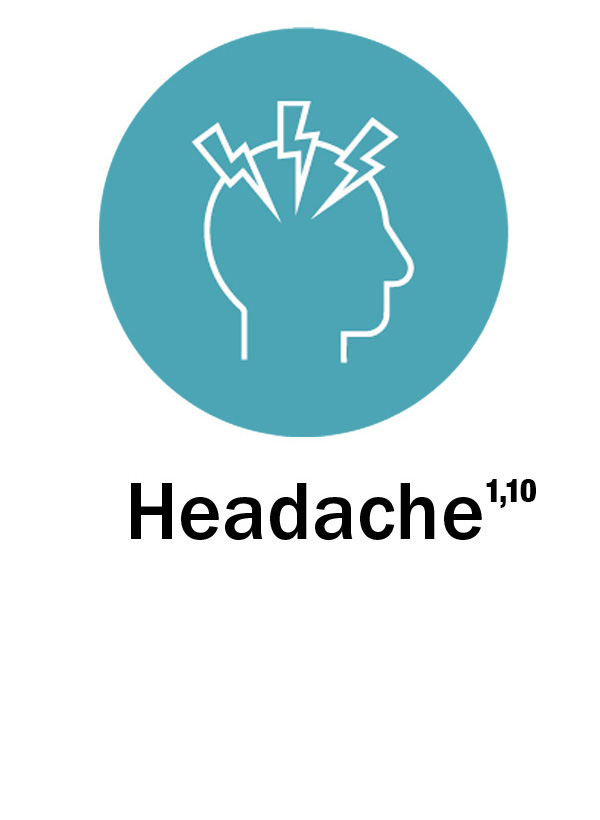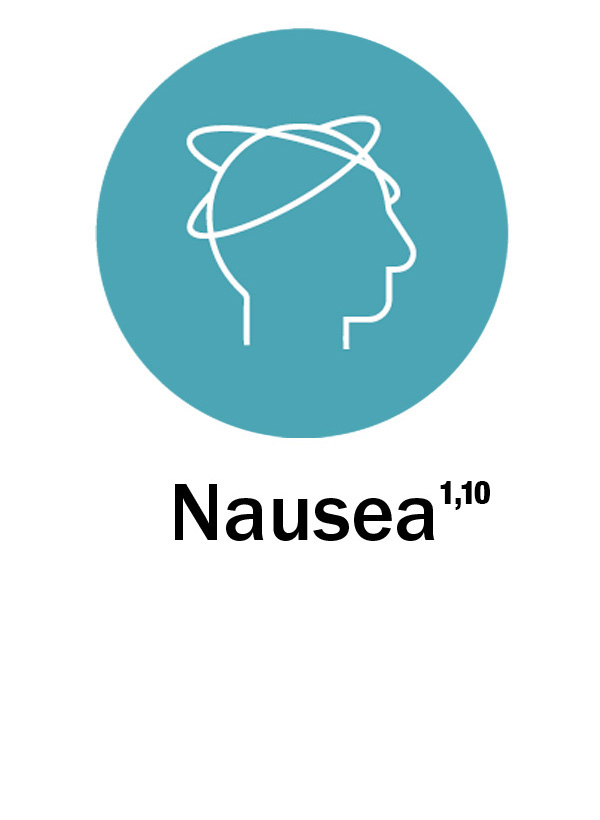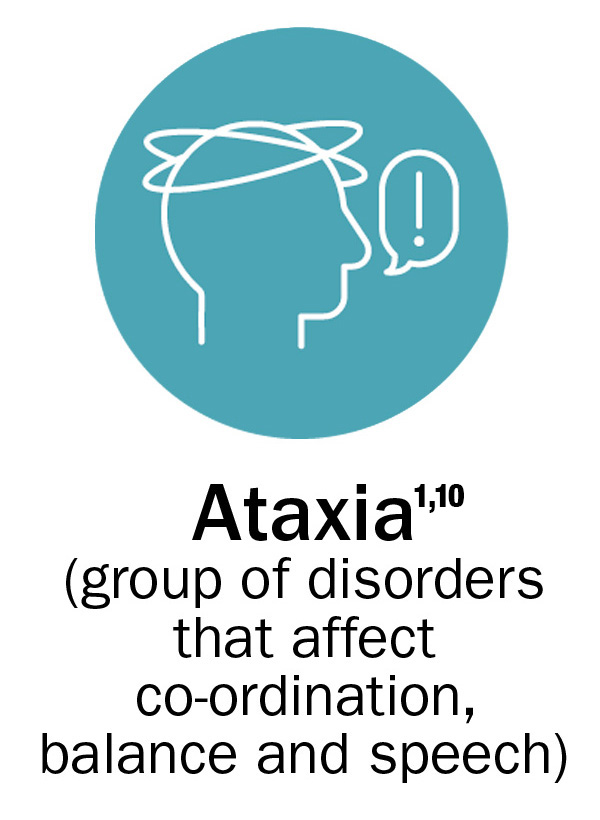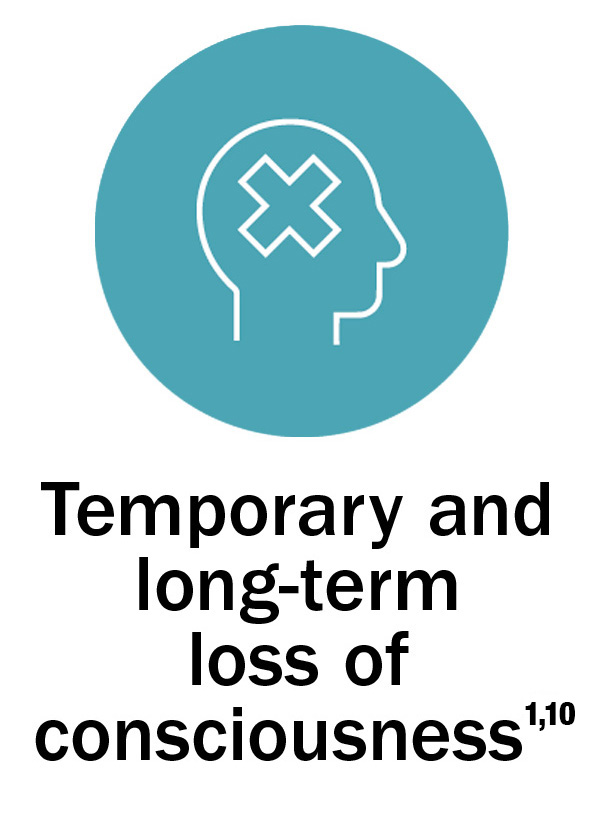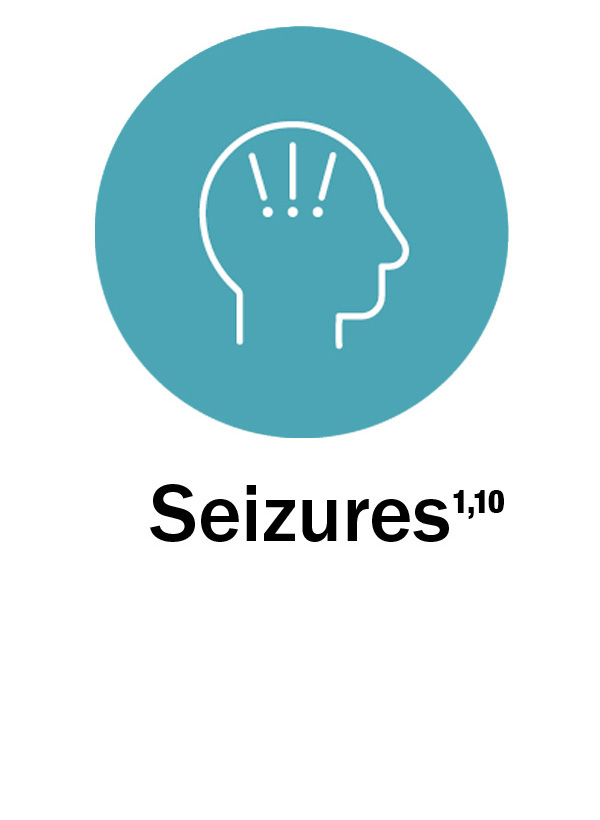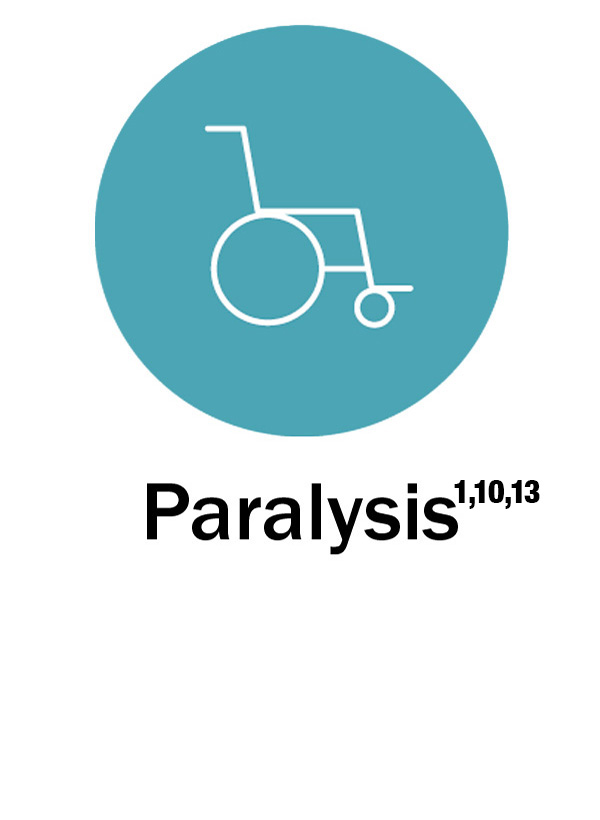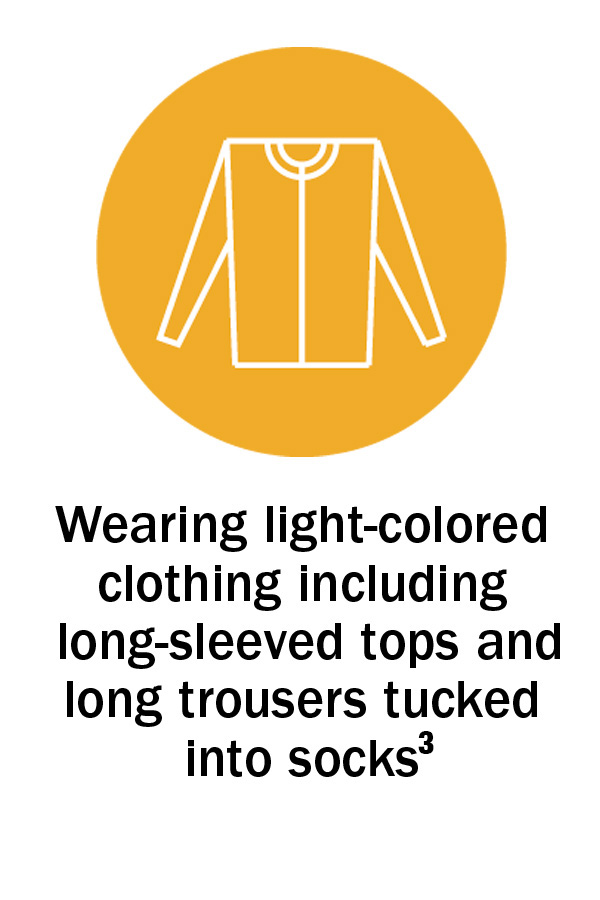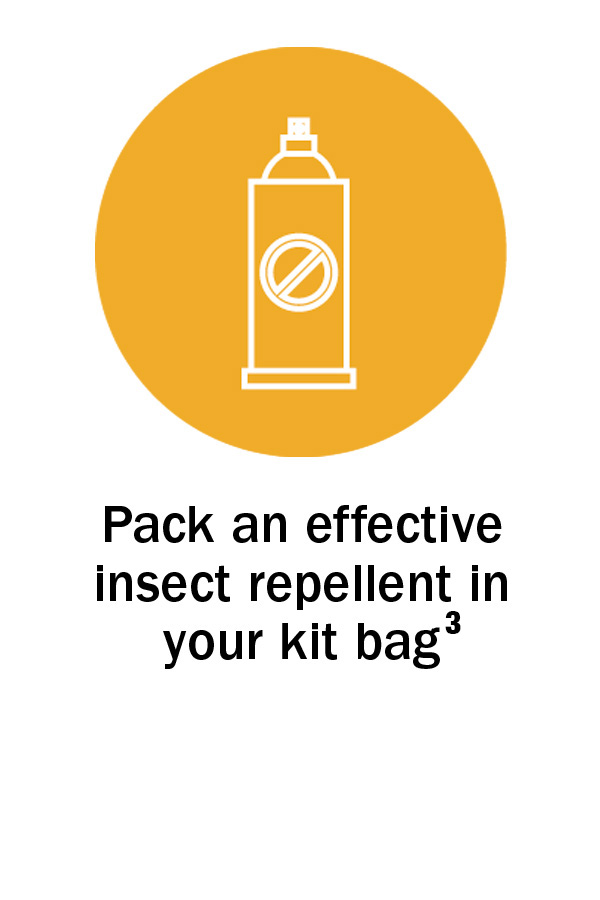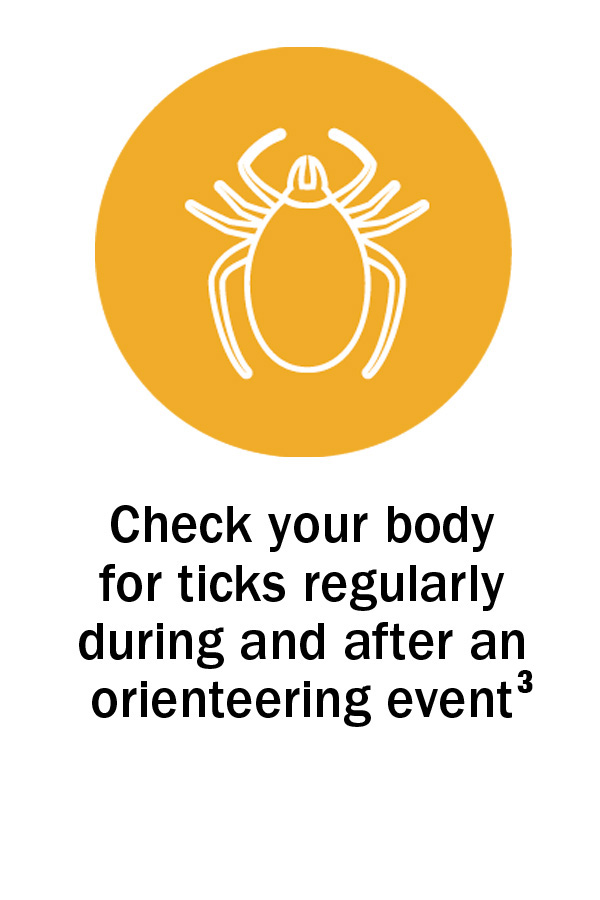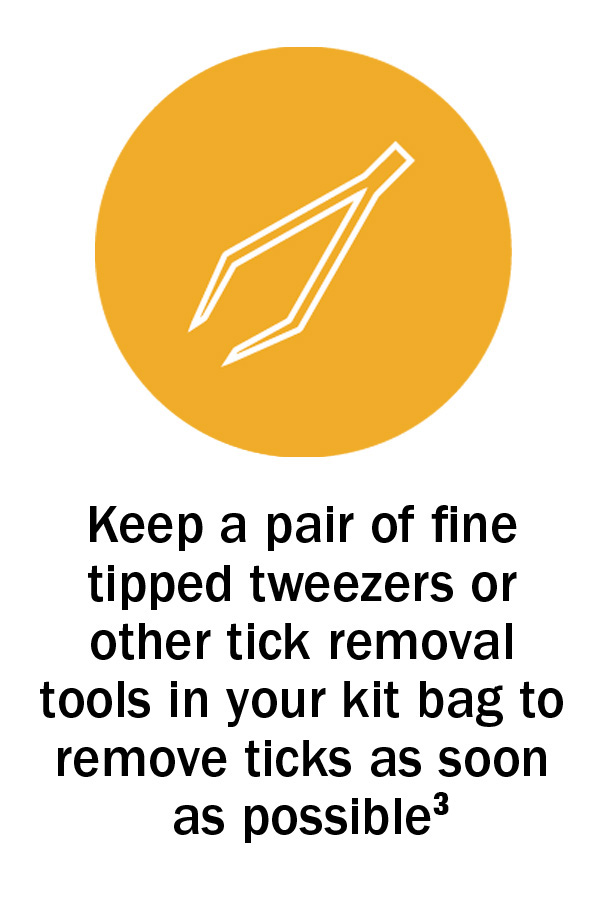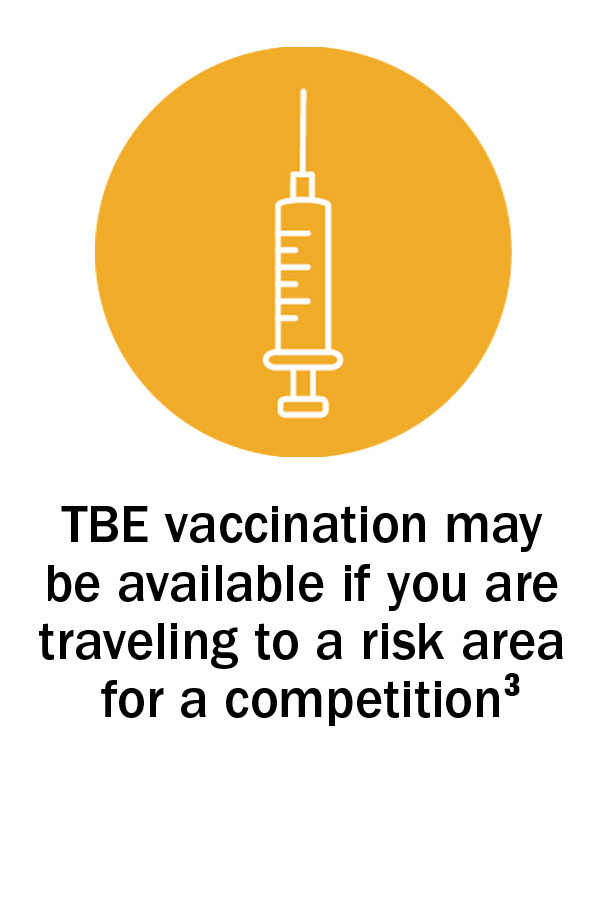
Pfizer and IOF have partnered to spread awareness about the dangers and risks of Tick-borne encephalitis, also known as TBE, amongst orienteers. TBE is a rare infection involving the central nervous system, affecting the brain and spine.1It can be transmitted immediately after a single bite from an infected tick, which can be found in some of the terrains that orienteering activities take place in.2
When preparing for an event it’s important that you evaluate whether your activities will take place in a high-risk location and take effective precautions to help protect yourself against tick bites and TBE, so you can fully enjoy your outdoor pursuits.3

Click on the topics below to find out more
Ticks and TBE fast facts定向越野比赛,此种风险Where is TBE found?
TBE signs and symptomsHow to prevent against tick bitesWhat should you do if bitten by a tick
Ticks and TBE fast facts
(Swipe through the pictures)
To find out more,download our factsheet here
Hit the play button below to find about more about ticks.
定向越野比赛,此种风险
As orienteering is an outdoor activity, it may put people at risk of TBE.
Different types of orienteering in varying locations can lead to contact in heavily infested tick areas. Click on the icons to read more about the specific discipline.
Foot orienteering
Foot orienteering is an endurance sport that involves the orienteer navigating themselves with a map and compass while running.7
The orienteer may encounter unexpected forest terrain or rough open hills while running.7
Trail orienteering
Trail orienteering is an orienteering sport that is centred around map reading in a natural terrain.8
The orienteer may encounter unexpected forest terrain or rough open hills.
Mountain bike orienteering
山地自行车越野识途比赛是一项耐力的运动that involves extremely good biking handling and ability to cope with steep slopes.9
While taking part in trail and mountain bike orienteering, it is important to remain vigilant of ticks in the urban and forest terrains. Ensure your kit includes insect repellent and a tick removal tool and that long clothing is worn to warn off tick bites.
Where is TBE found?
TBE has been reported in over 36 countries, with reports of ticks ranging from Europe to parts of Asia.2
In some countries, ticks with TBE have only been found in certain regions, so even travelling to an event domestically could pose a risk.2
Before embarking on your next orienteering challenge, check the map below to see the regions at risk of TBE, and ensure you take precautions to help protect yourself from tick bites and TBE.
Click on the map to open as a large graphic in a new tab.
Find out more about where ticks are found below:
TBE signs and symptoms
TBE can appear in two phases:
The first phase includes initially presenting with flu-like symptoms10:(Swipe through the pictures)
The second phase of TBE presents more serious symptoms, with 50% of patients presenting with meningitis, particularly among children.10,11Up to 1 in every 50 people who develop symptoms will die from the infection.12These symptoms can include1,10,13:(Swipe through the pictures) Back to navigation
How to help prevent against tick bites and TBE3
(Swipe through the pictures)
What should you do if bitten by a tick:
References
- Lindquist L, et al. Tick-borne encephalitis. The Lancet. 2008;371(9627):1861-71.
- Dobler G, Erber W, Bröker M, Schmitt HJ, eds. The TBE Book. 5th ed. Singapore: Global Health Press; 2022
- Travel Health Pro. Country information. Tick borne encephalitis Available from: https://travelhealthpro.org.uk/disease/173/tick-borne-encephalitis. Accessed: November 2022
- European Centre for Disease Prevention and Control. Small bites, big problems: tick-borne diseases in Europe. Available from: https://www.ecdc.europa.eu/en/publications-data/small-bites-big-problems-tick-borne-diseases-europe. Accessed: November 2022
- World Health Organization. Weekly epidemiological record. Vaccines against tick-borne encephalitis. WHO position paper. 2011;86(24):241-56.
- Semenza JC, et al. Vector-Borne diseases climate change: a European perspective. FEMS Microbiol Lett. 2018;365(2).
- International Orienteering Federation. Available from: //www.quixoticroad.com/orienteering/. Accessed: November 2022
- International Orienteering Federation. Trail Orienteering. Available from: //www.quixoticroad.com/trailo/. Accessed: November 2022
- International Orienteering Federation. MTB Orienteering. Available from: //www.quixoticroad.com/mtbo/. Accessed: November 2022
- Kaiser R. Tick-borne encephalitis. Infect Dis Clin North Am. 2008;22(3):561-75.
- Bogovic P, et al. Tick-borne encephalitis: A review of epidemiology, clinical characteristics, and management. World J ClinCases. 2015;3(5):430-41
- European Centre for Disease Prevention and Control. Factsheet about tick-borne encephalitis (TBE). Available from: https://www.ecdc.europa.eu/en/tick-borne-encephalitis/facts/factsheet. Accessed: November 2021
- Haglund M, et al. Tick-borne encephalitis – pathogenesis, clinical course and long-term follow-up. Vaccine. 2003;21 Suppl 1:S11-8.
PP-TCV-SWE-0082
November 2022


